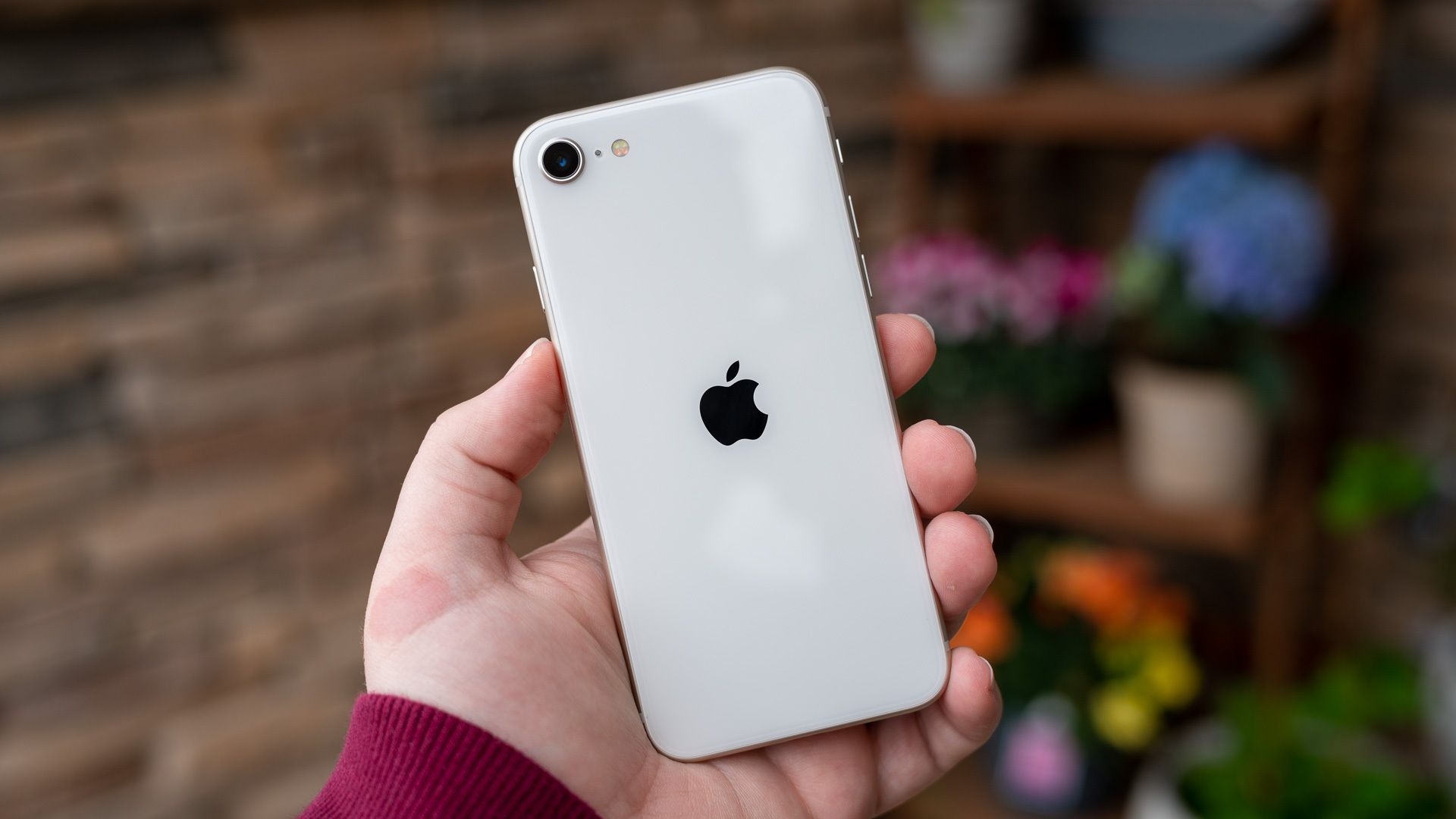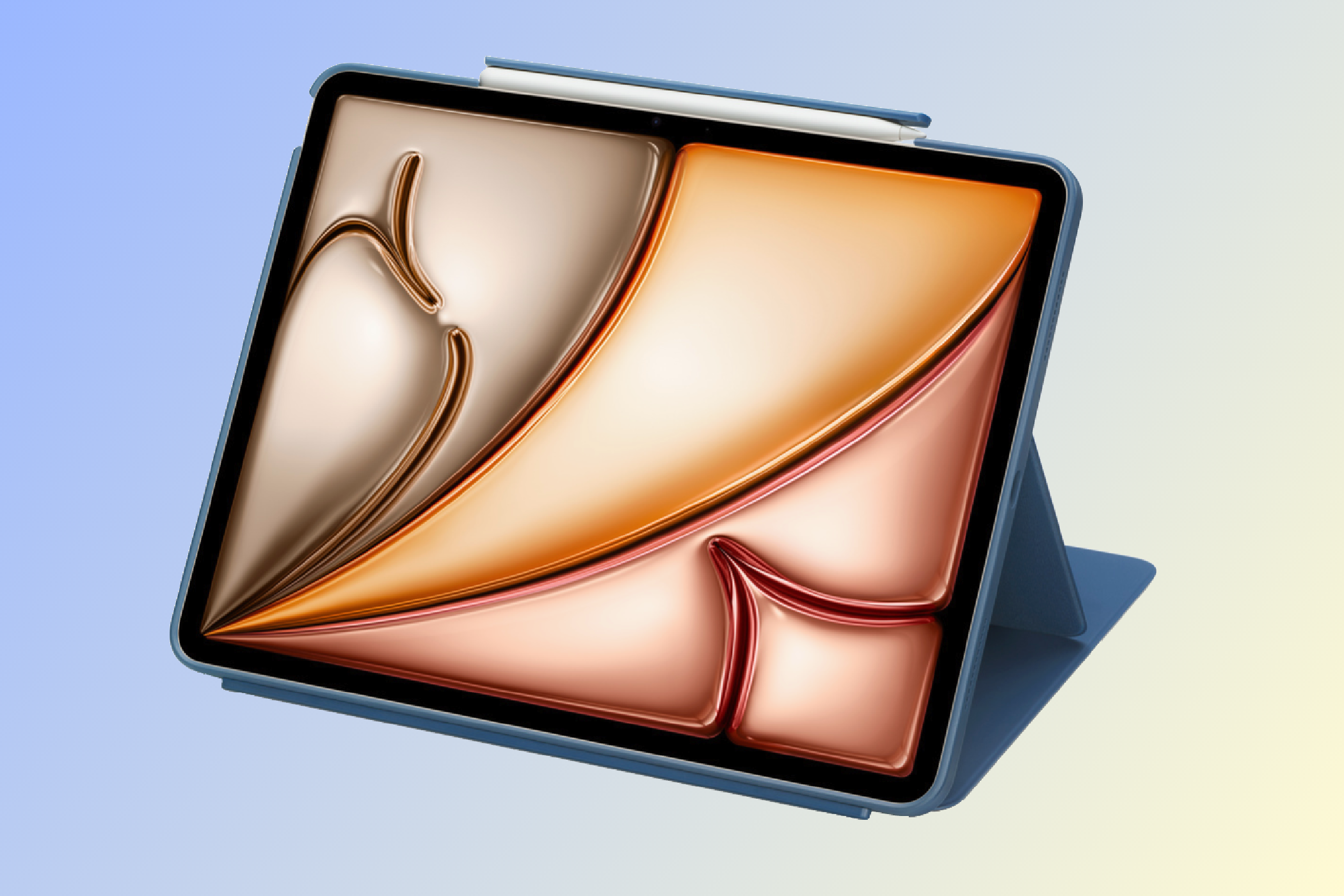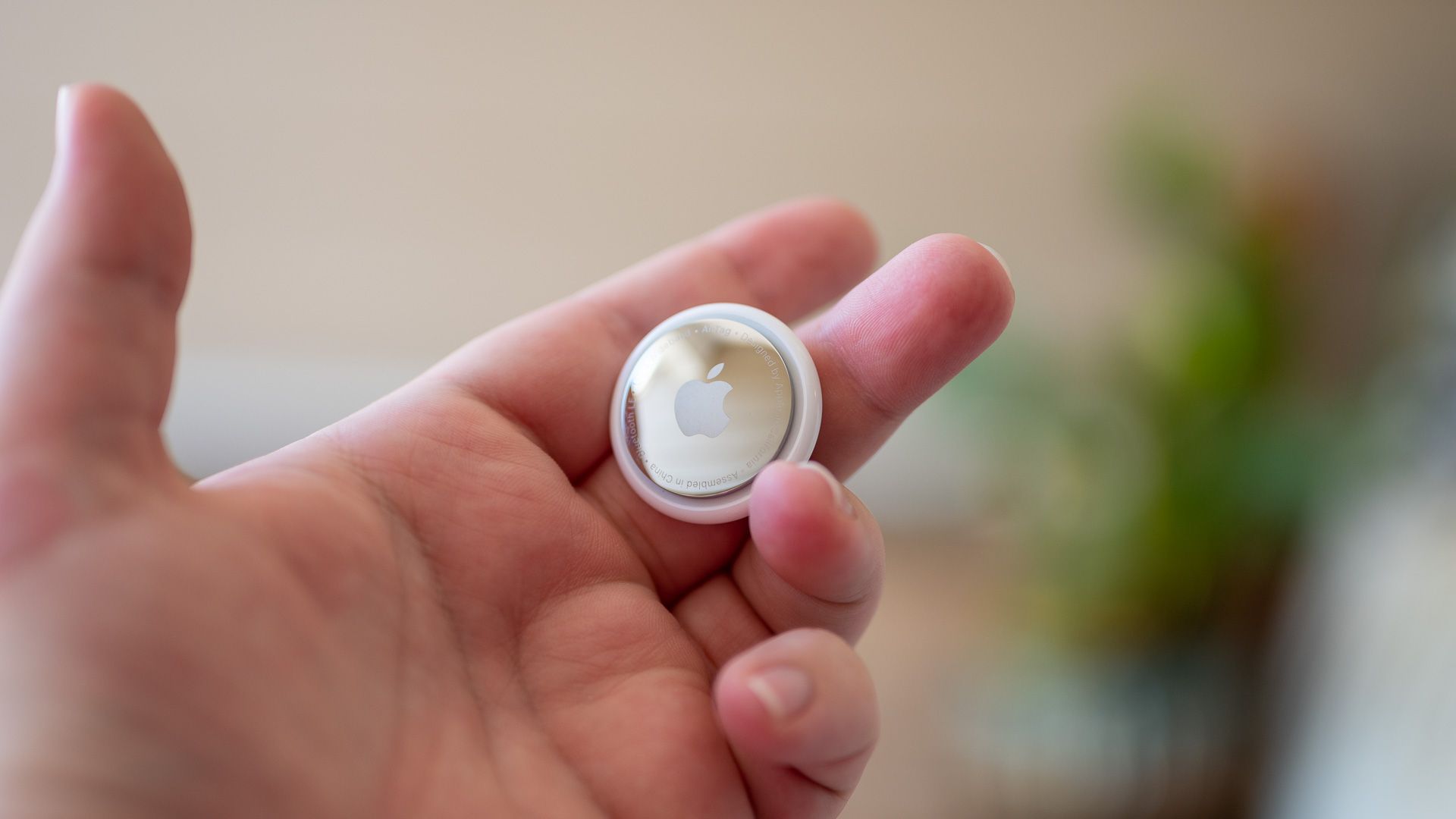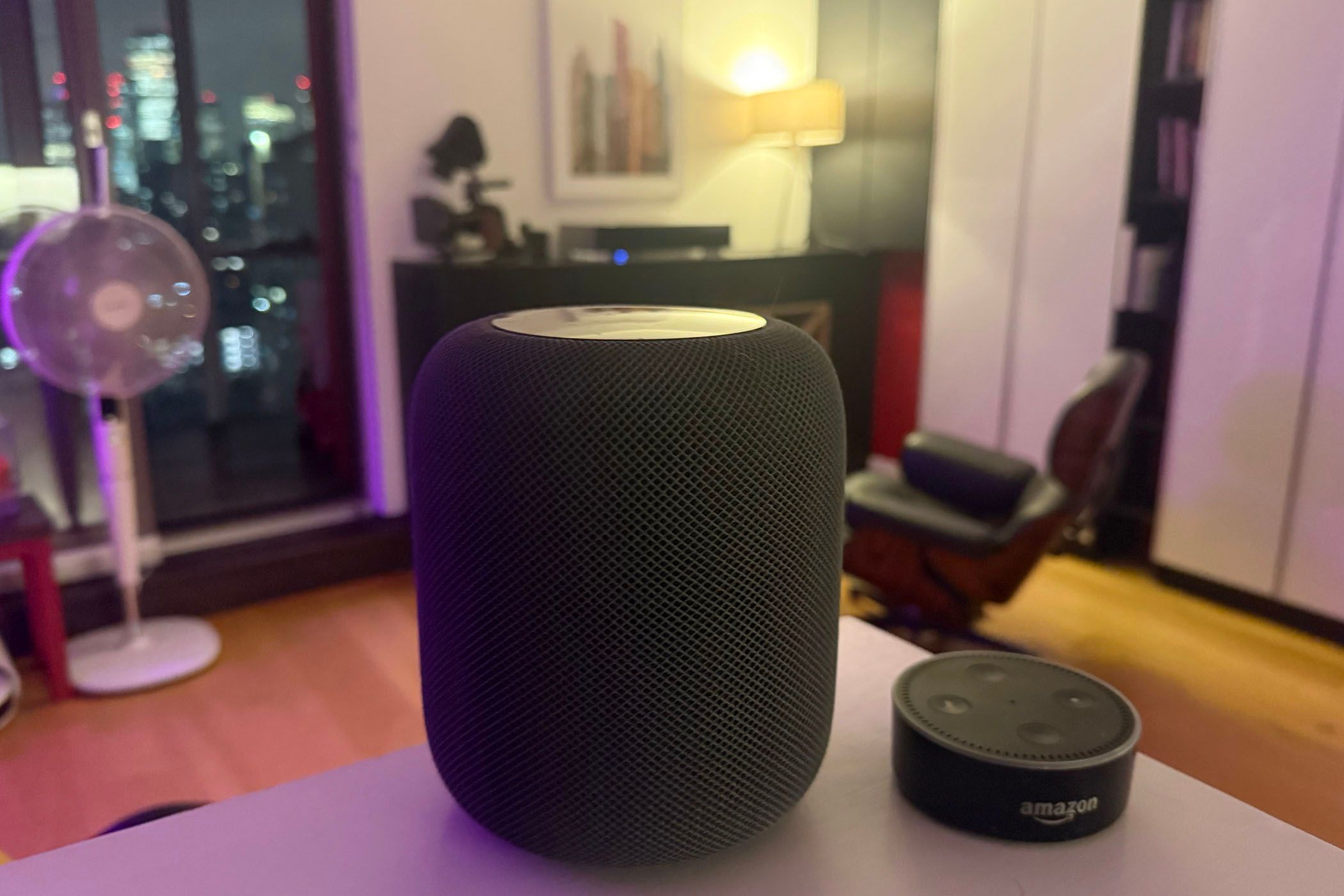Apple boss Tim Cook recently dropped a teaser on X using the hashtag #AppleLaunch, inviting us to “Get ready to meet the newest member of the family” without actually announcing an Apple event. Rumors are swirling there could be multiple announcements in the coming weeks, so here’s what could be coming in February.
1
iPhone SE 4 With a Modernized Appearance
Since the first model in 2018, the iPhone SE has been Apple’s most affordable and compact handset. We’ve since had two refreshes, in 2020 and 2022, and the rumor mill is abuzz with predictions of an iPhone SE 4 releasing in spring 2025. The device is expected to continue the tradition of being the least expensive iPhone, priced around $450 or $499 (iPhone SE 3 is $429).
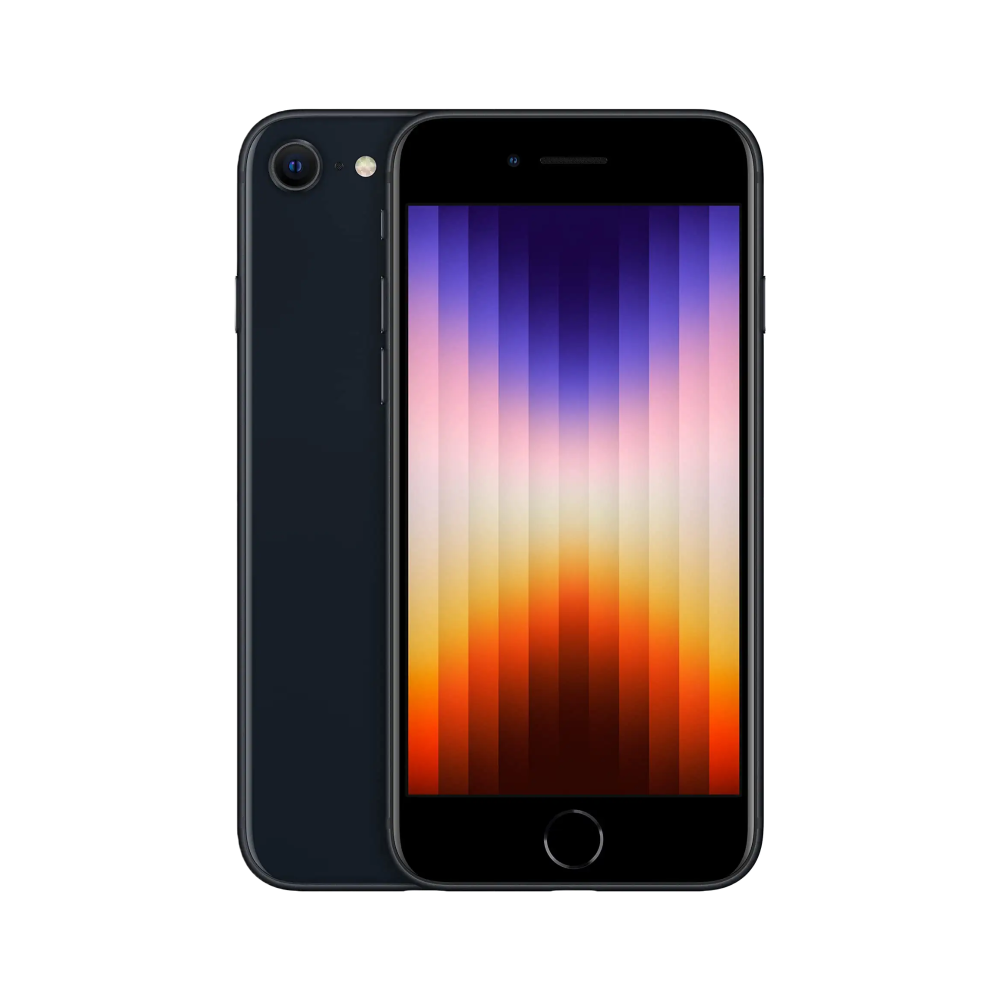
That being said, the biggest news should be the rumored redesign; the iPhone SE 4 is expected to ditch the Home button, lose the outdated “forehead” at the top and the “chin” at the bottom, and bring skinnier bezels in favor of a fullscreen appearance like current iPhones.
The redesign should allow for a 6.1-inch display in roughly the same housing as the current model. Another major display upgrade should be an edge-to-edge OLED panel instead of an LCD, bringing much darker blacks and brighter whites, better color accuracy, and HDR support. The iPhone SE 4 is expected to have the old-school notch, not the Dynamic Island.
It’s unclear whether the handset will use a Touch ID fingerprint scanner built into the power button or use Face ID. Apple has been building Face ID into iPhones since 2017, and the economies of scale could make Face ID on iPhone SE 4 a reality. iPhone SE 3 is the last remaining model with Touch ID and a Lightning connector, so a modernized design with Face ID and USB-C sounds exciting.
iPhone SE 4 is also rumored to bring Apple’s first custom modem chip, feature a single rear camera upgraded from 12 to 48MP, and run Apple Intelligence via the same A18 chip that’s in the iPhone 16, including features like Genmoji, Image Playground, Writing Tools, and more.
2
The MacBook Air Gets an M4 Chip
Apple’s most popular laptop is ripe for a refresh. The MacBook Air stock at Apple stores is dwindling, and references to unreleased models are present in new versions of macOS, indicating an imminent release. Current Airs were last updated with M3 chips in March 2024, so both 13 and 15-inch models are expected to see an Apple M4 upgrade.
The chip debuted in May 2024 and currently powers the iMac all-in-one, the 14-inch MacBook Pro, and the latest iPad Pro and Mac mini. It sports a 10-core CPU, a 10-core GPU, and 16GB of RAM for base configurations. Apple has actually doubled the RAM across base M4 Macs to 16GB to make Apple Intelligence run better. If you own an M3 Air, expect only modest performance and graphics improvements from an M4-equipped MacBook Air.
The next MacBook Air is expected to have the same design as the M3 model, which was redesigned in 2022. We’re not expecting new screen sizes or OLED panels. However, an ultrawide 12-megapixel camera with support for Center Stage and Desk View would certainly be welcome given the terrible MacBook Air 1080p potato cam.
Apple will probably discontinue all M3-based MacBook Airs when the new machines arrive except the base 13-inch model, which we expect to take the $999 spot currently occupied by the 13-inch M2 Air.
3
Refreshed iPad Air With the M4 Chip
The current M2 model dropped in May 2024 as the first Air with two display sizes (11 and 13 inches), Apple Pencil Pro compatibility, and a landscape FaceTime camera (like on iPad and iPad Pro) so you don’t look sideways on video calls. The next iPad Air is expected to use a better chip and new accessories, with no notable design changes over the 2024 models.
Apple might also offer an updated Magic Keyboard for the next iPad Air, which apparently won’t sport an aluminum top case like its iPad Pro counterpart.
The rumor mill is divided over the chip, with some sources calling for an M3 upgrade and others saying the seventh-generation iPad Air will skip the M3 chip and adopt the M4 instead. Like current M2 Airs, M3 or M4-equipped ones will also support Apple Intelligence.
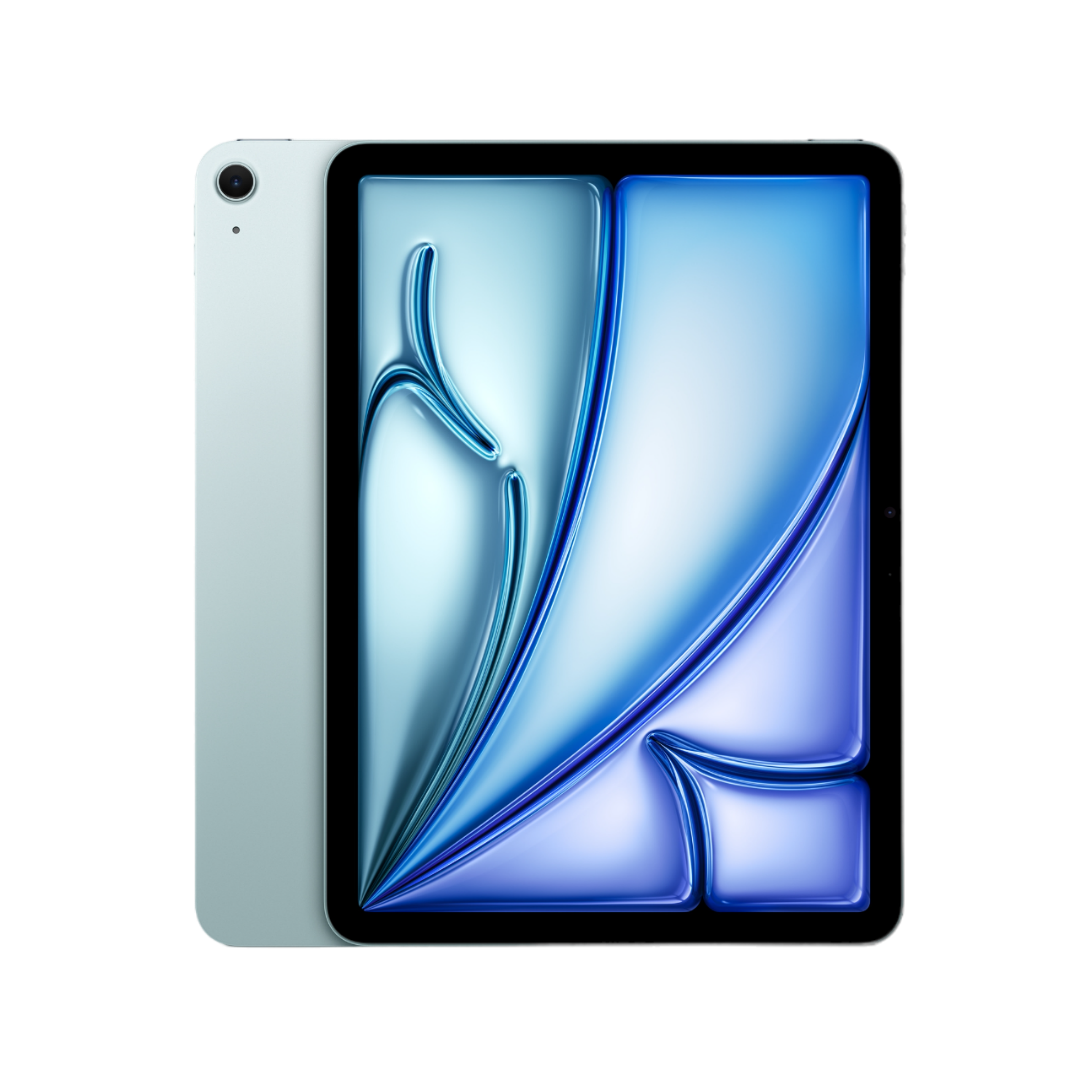
Apple iPad Air 11-inch (M2)
$499 $599 Save
$100
M1 iPad Air owners should expect a 30% faster performance from an M3 iPad Air, but the speed difference won’t be as pronounced for folks upgrading from the M2-based iPad Air models. The M3 and M4 chips are built on TSMC’s 3nm process, with the M3 chip delivering a modest 15-20% speed jump compared to the base M2 one on the current Air.
4
Faster Budget iPad, Possibly Without Apple Intelligence
Apple’s budget tablet, called just “iPad,” costs $349. The current tenth-generation model arrived in 2022, featuring a larger 10.9-inch screen with a landscape camera, USB-C instead of Lightning, and Apple’s 5nm A14 chip. The upcoming eleventh-generation iPad is said to offer just a speed bump via the Apple A16 or A17 Pro chip and nothing else. We sincerely hope it’s the latter, because the A16 chip does not support Apple Intelligence.
Apple currently offers the older $329 iPad 9 alongside the iPad 10. When the iPad 11 arrives, we expect the iPad 10 to continue selling for $20 less.
The A16 offers modest speed gains compared to the A14, with about 16% faster single-threaded and 22% faster multithreaded benchmarks. The A17 Pro offers far more noticeable speed gains despite the same number of CPU and GPU cores as the A14, due to architectural improvements like the 3nm process and hardware-accelerated ray tracing and mesh shading support.
5
M5 Vision Pro With Apple Intelligence
Some developers were invited to an Apple VisionOS event on February 27. Bloomberg’s Mark Gurman says this will be about the new features in visionOS 2.4: a new Spatial content app, a revamped guest mode, and Apple Intelligence. He says the visionOS 2.4 beta will be released this week ahead of release sometime in April.
The development has sparked speculation that Apple will swap the M2 chip powering Vision Pro for a new M5 chip. If there’s a hardware refresh, perhaps a price drop will be on the cards because Apple is running out of shoppers willing to burn $3500 on an AR headset.
6
New iPhone 16 Color
Apple released a new mid-cycle iPhone color in 2017, 2018, 2021, 2022, and 2023 to revitalize sales and renew interest in the handset. In 2023, for example, we got the yellow iPhone 14 and iPhone 14 Plus. While far from certain, Apple’s upcoming launches could bring a new iPhone 16 color in addition to the current color Black, White, Teal, Pink, and Ultramarine color finishes.
7
AirTag 2
Apple has offered its AirTag personal item tracker since 2021. The update should bring Apple’s second-generation Ultra Wideband chip that debuted in the iPhone 15 lineup. The chip is said to extend the range three times, enhancing the Precision Finding feature in the Find My app, but not much else is known about its capabilities.

Apple AirTag
AirTags are the best Bluetooth trackers available for iPhones, giving you convenient access to your belongings and tracking with Apple’s global Find My network.
The current AirTag can use Precision Finding within 10 to 15 meters. Compare this with the iPhone 15 models, which support Precision Finding up to 60 meters.
8
Smart Home Hub Preview
Apple could also unveil its rumored smart command center for the connected home. The company is said to have multiple smart home accessories in the works, including a smart soundbar combining Apple TV and HomePod functionality and a tabletop robotic home device as part of a renewed smart home push.
Theoretically speaking, the company could preview a smart home hub now ahead of its release later in 2025. However, we think a dedicated event would be much more suitable for such an announcement.
With several Apple products due for their annual refresh and rumors of new products in the works, Apple could have comfortably held a dedicated event in February. Instead, it looks like the iPhone maker has opted to reveal its surprises one by one in a series of press releases to maximize exposure like it did with an “exciting week of announcements” last year.


